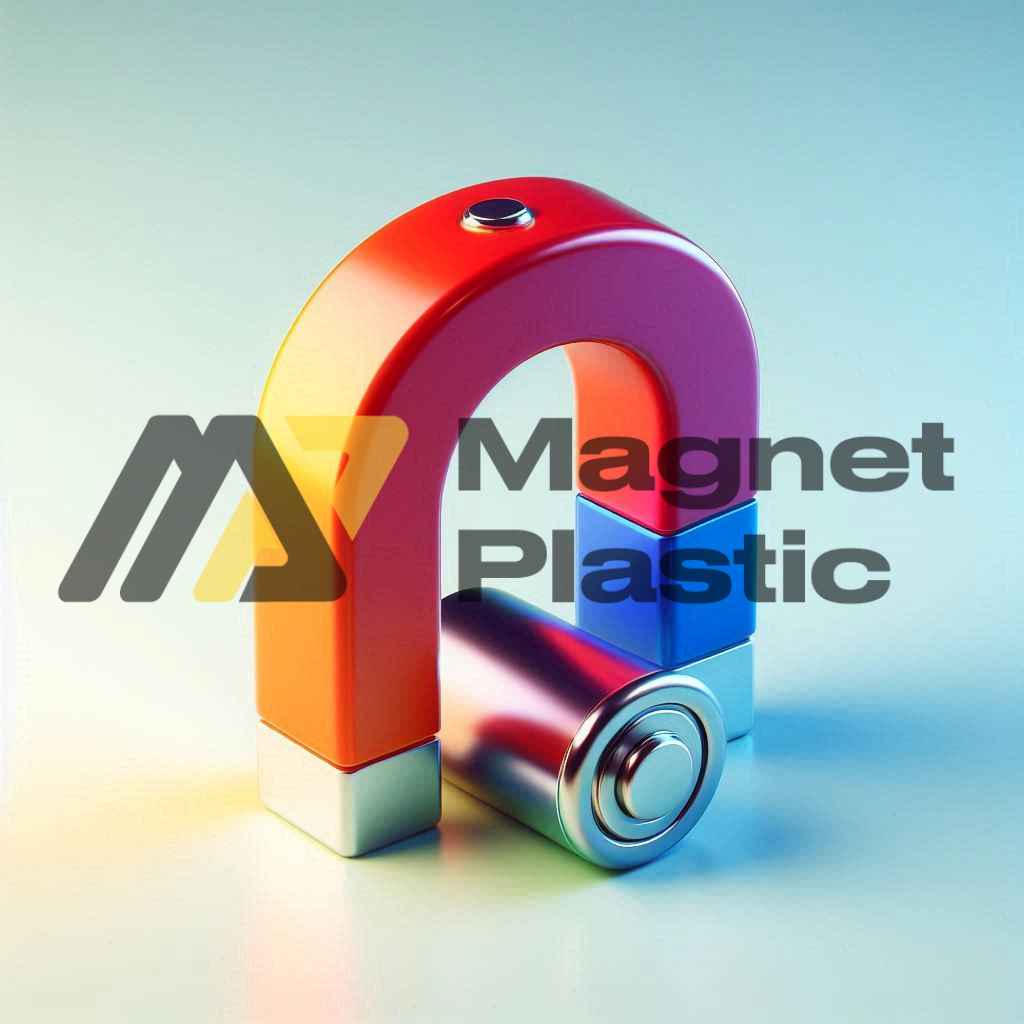Magnets in Electronic Waste Reduction
The exponential growth of technology has brought with it an alarming increase in electronic waste, known as e-waste. Every year, millions of tons of discarded electronic devices pile up in landfills, releasing toxic substances and wasting valuable materials. In this context, magnets are emerging as a key tool to reduce the environmental impact of this waste, facilitating efficient recycling and the recovery of essential components.
The Role of Magnets in Electronic Recycling
Magnets, especially neodymium magnets, play a crucial role in the separation and recovery of materials during electronic waste recycling. In industrial processes, advanced magnetic systems are used to efficiently extract ferrous and non-ferrous metals. This method not only reduces the amount of materials sent to landfills, but also allows for the recovery of high-value elements, such as copper, aluminum and rare earths.
For example, in recycling plants, magnetic separators are essential for sorting electronic components such as hard drives, electric motors and transformers. High-power magnets are able to identify and extract even small metal particles, ensuring they are reused in the manufacture of new products.
Recovering Rare Earths with Magnets
One of the biggest challenges in managing electronic waste is the recovery of rare earths, a group of elements essential in the manufacture of advanced electronic devices. Neodymium magnets, present in products such as speakers, hard drives and electric motors, contain these rare earths.
The extraction and recycling of neodymium magnets not only helps reduce reliance on environmentally destructive mining, but also enables these materials to be reused in new applications. Emerging technologies are developing chemical and magnetic processes to break down and recover neodymium from discarded products, creating a more sustainable cycle for these critical resources.
Innovations in the Use of Magnets for E-Waste Management
Research and development of new magnetic technologies are expanding the possibilities for recycling e-waste. Among the most promising innovations are:
High-precision magnetic separators: Capable of identifying and recovering specific materials more effectively.
Magnets in recycling robotics: Robots equipped with magnetic systems that automatically sort complex electronic components.
Nanomagnetism: Using magnetic nanoparticles to extract valuable metals from chemical solutions generated in e-waste recycling.
Environmental and Economic Benefits
Using magnets in e-waste reduction has a positive impact on both the environment and the economy. By facilitating the recovery of valuable materials, the need to extract new resources is reduced, decreasing carbon emissions and the destruction of natural habitats. In addition, efficient recycling creates economic opportunities, encouraging job creation in the recycling industry and reducing costs associated with waste management.
Conclusion
Magnets are proving to be a sustainable and efficient solution in the fight against e-waste. Their ability to separate, recover and reuse essential materials makes them an indispensable tool in modern e-waste management. As magnetic technologies advance, their role in reducing e-waste will become even more crucial, helping us build a cleaner and more sustainable future.
